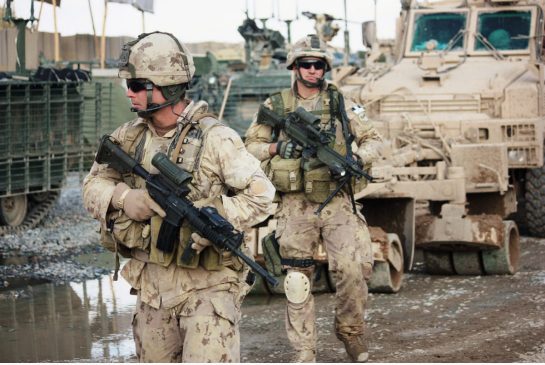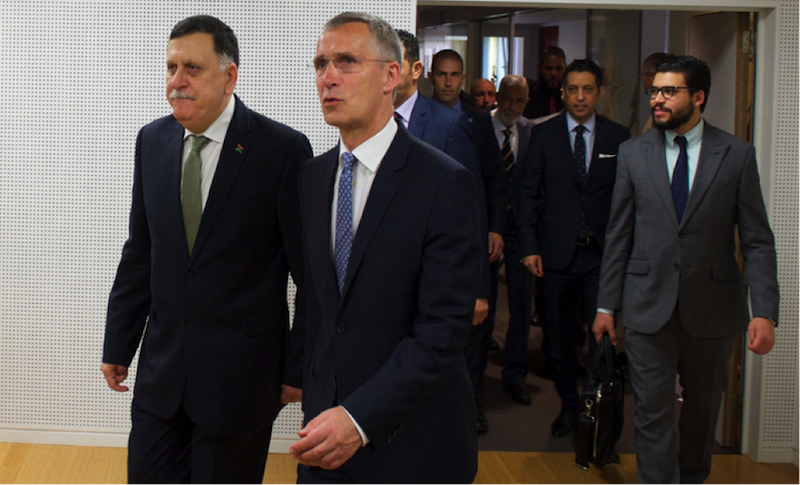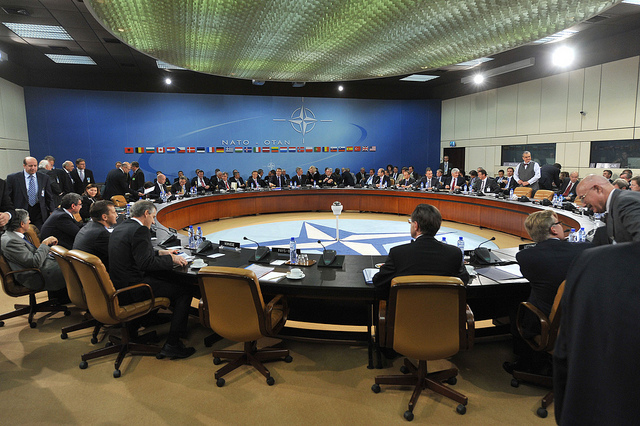In recent weeks, there has been a considerable amount of discussion about Canada’s defence spending and strategic priorities. Shortly before the NATO Summit in Wales in early September, NATO’s Secretary General, Anders Fogh Rasmussen, urged member countries to increase their defence spending. The Wales Summit Declaration reflected these concerns by urging all member countries with defence budgets below 2% of their GDP to “halt any decline in defence expenditure” and “aim to move towards the 2% guideline within a decade…” In contrast to some governments that supported the 2% target, Germany and Canada were openly opposed to the plan. There have also been growing concerns that Canada’s tough rhetoric on the crisis in Ukraine has not been sufficiently backed by action.

Some commentators have also questioned whether the Canadian Government’s current approach has diminished its international credibility, especially as Canada has decreased participation in a number of NATO activities. In 2013, the Canadian Press reported that the Department of National Defence “was hoping to save as much as $90 million per year by withdrawing from the jointly owned and operated Airborne Warning and Control System (AWACS) and the Alliance Ground Surveillance (AGS).” According to this information, Canada had supported and participated in AWACS program for over twenty-five years before deciding to withdraw earlier this decade. In 2013, NATO Deputy Secretary General, Alexander Vershbow, noted the “perception that Canada is de-emphasizing NATO, a little bit, in its broader security policies.”

The Canadian Press has reported that “the latest federal budget projects that National Defence has been allocated a budget of $18.2 billion in 2014-15”. In its efforts to balance the Federal budget, the Department of National Defence has had to severely restrain spending. For example, “the latest federal budget also postponed $3.1-billion in capital spending on equipment that had been slated for the years between 2014 and 2017”. The Canadian Press article observed that though DND’s budget increased by $4.8 billion between 2004-2005 and 2013-2014, the overall increase was only 7% (once inflation was taken into account).
In addition, since the Conservatives came to power “National Defence has been forced to return $9.6 billion to the federal treasury”. World Bank statistics show that the 1% of GDP spent on defence is actually lower than under Paul Martin’s Liberal Government. In fact, defence spending as a percentage of GDP has been steadily decreasing since a peak of 1.4% in 2009. Even though the Federal Government has attempted to cut mostly administrative staff, the “ big savings have come in the area of readiness, where there have been fewer flying hours, more simulator time for pilots and an army that’s been parking trucks and conserving training ammunition”.
Surprisingly, despite having a smaller population and economy than Canada, Australia has consistently spent more on defence over the last decade. According to the World Bank, Australia defence spending in 2013, as a percentage of GDP, was 1.6%. The height of Australia’s defence spending was in 2000 when it spent 2.0% on defence (in contrast to Canada’s 1.2%). Australia’s defence spending has also been remarkably consistent for much of the last decade. Between 2004 and 2009, Australia spent 1.9% (defence spending peaked a year later at 2% before gradually decreasing to its current level). To be fair, not all nations agree that defence spending is best measured as a percentage of GDP. Germany, for instance, opposed NATO’s 2% objective because “the quality of military spending matters as much as the amount”.
The recent public debate in relation to the spending requests made at NATO’s Wales Summit, does highlight several major challenges that Canada needs to address. Increasingly, in recent years, the Canadian Armed Force and their budget have become heavily politicized and particularly defence procurement, has been used for partisan attacks of various kinds. Some critics believe that the current government’s rhetoric has become increasingly divorced from a defence policy that is rooted in reality. They point to the Federal Government’s increasingly troubled defence strategy for the Arctic and tight political control of senior military leaders as hurting the Canadian defense establishment’s credibility.
Adjusting for inflation, defence spending levels under this government appear much closer to previous governments than most talking points would suggest. Critics exploring defence procurement issues over this past summer have repeatedly emphasized the need for consistent policies and meaningful strategies. Fundamentally, Canada needs to develop a bi-partisan culture that agrees on the value of consistent defence spending. In past, both Liberal and Conservative governments have viewed major cuts in defense spending as an optimal way to balance budgets and secure public political support. For Canada to meaningfully invest in defense over the coming decades, that type of thinking needs to stop. Australia is very different from Canada in many ways. But its national approach to defence policy offers an important example that Canada could learn from.




